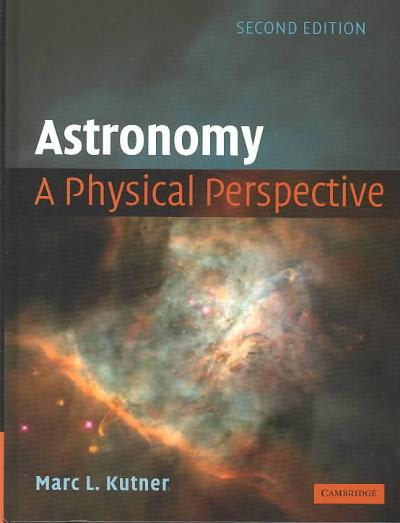Question
Purpose To make observations of the effect of interference on sound waves. Background You have already observed how waves on a slinky can interfere with
Purpose
To make observations of the effect of interference on sound waves.
Background
You have already observed how waves on a slinky can interfere with each other to get larger (constructively) or smaller (destructively). Here is avideo https://www.youtube.com/watch?v=P_rK66GFeI4 of slinky wave interference in slow motion if you do not remember what it looks like. Since sound is indeed a wave, this same wave property of interference applies to sound as well.
In this lab be listening to a series of sounds out of stereo speakers. In some cases the two speakers will be playing the exact same sound, and in some cases they will be playing two different sounds.
Experimental
Part One - Two Identical Tones
In this first activity you will be looking at the effect the frequency of sound has on the spacing between areas of constructive and destructive interference.
Diagram:
1. Make a hypothesis about what will happen to the spacing between areas of maximum interference as the frequency of the sound changes.
2. As you watch thisInterference Demo: Speakers https://www.youtube.com/watch?v=b87QZtYKmqo write down your observations.
3. Research where to sit at a concert for the best sound quality. Summarize the recommendations and give links to any sources that you used.
Part 2 - Two Different Tones
In this activity each speaker will be playing a different tone.
1. As you watch theBeats Demo Tuning Forks video https://www.youtube.com/watch?v=yia8spG8OmA, write down observations of what happens as the frequencies get farther apart.
2. What you have heard is called a beat. As the two waves are slightly off in frequency from each other there are some times when constructive interference is occurring, and times when destructive interference is occurring. TheBeat Frequency Video on this webpage http://sites.science.oregonstate.edu/~hadlekat/COURSES/ph212/superposition/beating.html also demonstrates this interference.
Read the section on beats in the Physics Classroom and answer the following questions. https://www.physicsclassroom.com/Class/sound/u11l3a.cfm
a. Use the graph in the article to explain what you hear as a beat.
b. How would the graph change if the frequencies got closer together?
3. What is the relationship between the two different frequencies and frequency of the beat?
4. Play two frequencies that are the same and then try some different frequencies with thisWave Interference Demo https://academo.org/demos/wave-interference-beat-frequency/. Be sure to check the box on the lower right to turn the sound on. What happens as one frequency is a multiple of the other?
5. Watch thisSciShow Video: How Do Noise Cancelling Headphones work https://www.youtube.com/watch?v=HOdEvhEjO2I? Give a short explanation of this technology.
6. What did you find most interesting about this lab?
Step by Step Solution
There are 3 Steps involved in it
Step: 1

Get Instant Access to Expert-Tailored Solutions
See step-by-step solutions with expert insights and AI powered tools for academic success
Step: 2

Step: 3

Ace Your Homework with AI
Get the answers you need in no time with our AI-driven, step-by-step assistance
Get Started


